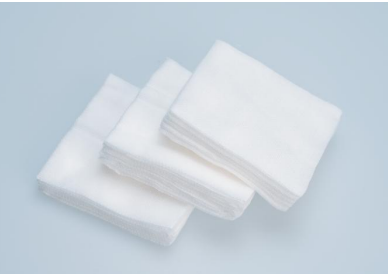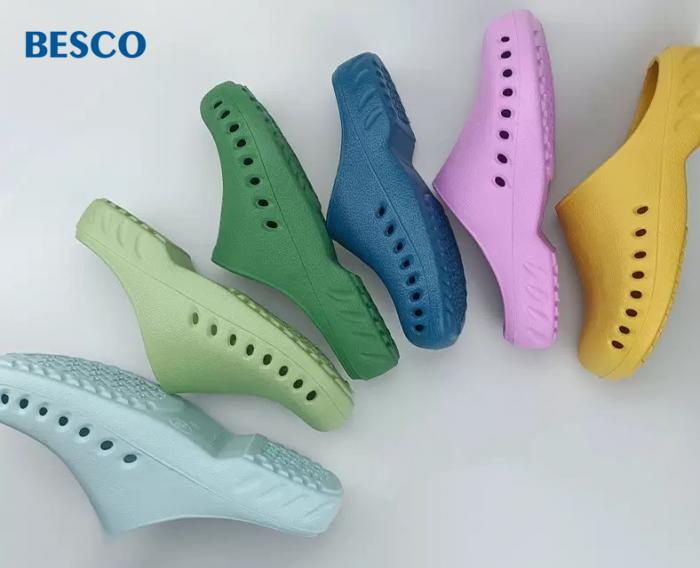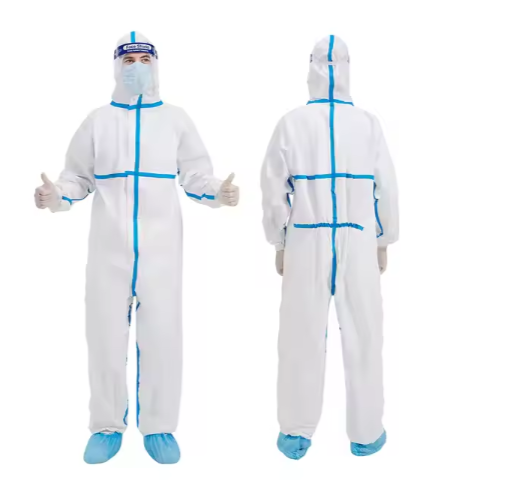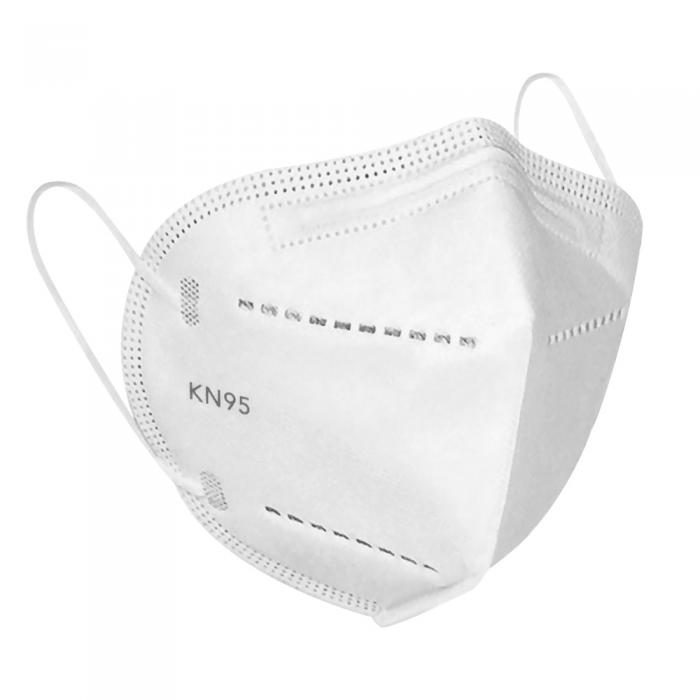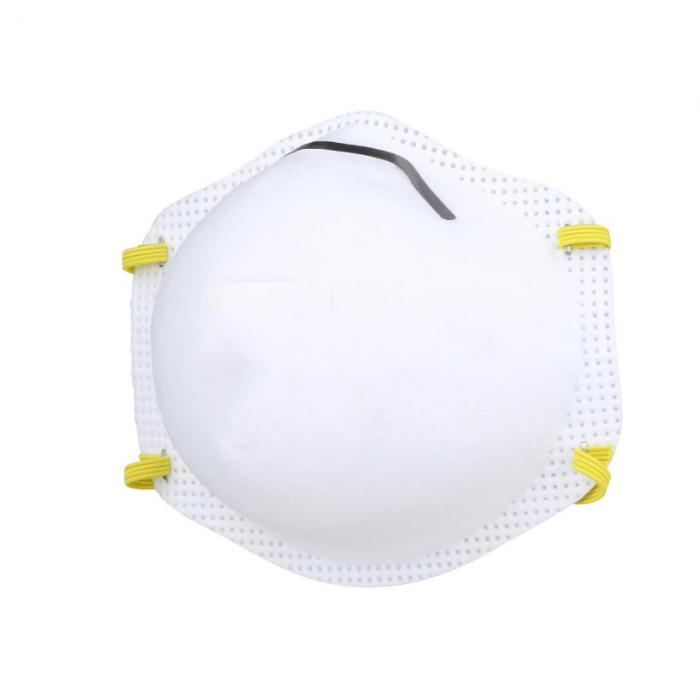| Name: | Gauze swabs |
|---|---|
| Model No.: | Gauze swabs |
| Material: | Non-woven SMS |
| Brand: | BESCO |
| Keywords: | Medical Gauze Swabs & Bandages |
| LEAD TIME: | 5 days |
| Sample: | Available |
| MOQ: | 1000 packs |
| Payment Term: | T/T in advance |
| Country of Original: | China |
| Port: | Qingdao |
| Stock: | Available |
| Factory Address: | Changyuan,China |
| Office: | Zhengzhou,China |
Products Description
Produce and supply both with or without X-Ray detectable thread
Easy-open envelopes are carefully sealed to help block dust and
contaminants
C-fold design helps minimize loose threads and lint Cotton
7.5*7.5cm,
8*8cm,
10*10cm or Customized available
Gauze swabs are absorbent pads, usually made of woven cotton, used for wound care and other medical applications. They are available as sterile or non-sterile and in various sizes, acting as either a primary or secondary dressing for cuts, grazes, and abrasions. They can also be used to clean wounds, apply ointments, or control bleeding.
Key features and uses:
Material:
Typically made from 100% cotton, woven into a fabric that provides high absorption and is soft against the skin.
Types:
Sterile gauze swabs: Essential for open wounds or post-surgical care to prevent infection.
Non-sterile gauze swabs: Suitable for cleaning, dressing, and general medical use where sterility isn't required, such as in a first aid kit for minor injuries.
Functions:
Wound dressing: Used to cover and protect wounds, absorbing fluids and providing a barrier against contamination.
Wound cleaning: Can be used to gently dab or wipe wounds.
Application of topical substances: Useful for applying ointments or antiseptics to a wound.
Bleeding control: Absorb fluids to help control minor bleeding.
How to use:
Wash your hands: thoroughly with soap and water.
Select a sterile gauze: for open wounds or a non-sterile one for general use.
Ensure the size of the gauze: completely covers the wound area.
Apply: an antiseptic or ointment if necessary, and gently apply the gauze to the wound.
Change the swab: frequently, especially if it becomes damp or dirty, to maintain hygiene and promote healing.
To use a gauze swab, first ensure your hands are clean and open the sterile packaging without touching the gauze itself. Gently apply the swab to the wound for cleaning or to apply pressure, making sure to completely cover the injured area. Secure the swab with tape or a bandage if needed and then dispose of it properly after use.
Steps for Using a Gauze Swab
1. Prepare:
Wash your hands thoroughly with soap and water, and if possible, wear disposable gloves.
2. Open the Package:
Carefully open the sterile pouch without touching the gauze inside to maintain its sterility.
3. Apply the Swab:
For cleaning: Dab the gauze in saline or an appropriate solution and gently wipe the wound from the center outward.
For wounds with bleeding: Place the gauze directly on the bleeding site and apply firm, continuous pressure.
4. Cover the Wound:
Ensure the gauze is large enough to cover the entire wound, including the edges.
5. Secure (if needed):
If the swab needs to stay in place, secure it with an adhesive tape, bandage, or self-adhesive wrap.
6. Dispose:
After use, discard the used gauze swab and dressings as medical waste to prevent infection.
Key Tips
Sterility: Always use sterile gauze for open wounds to prevent infection.
Avoid Contamination: Handle the gauze as little as possible to avoid contamination.
Proper Pressure: When stopping bleeding, ensure you are applying direct pressure to the wound site.
Secure Removal: For oral surgery, ensure the gauze is wet to prevent it from sticking to the blood clot.
